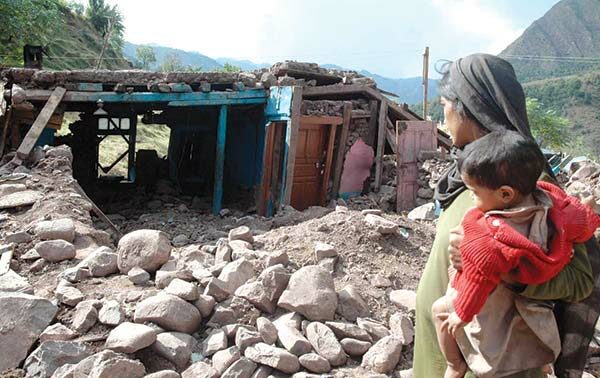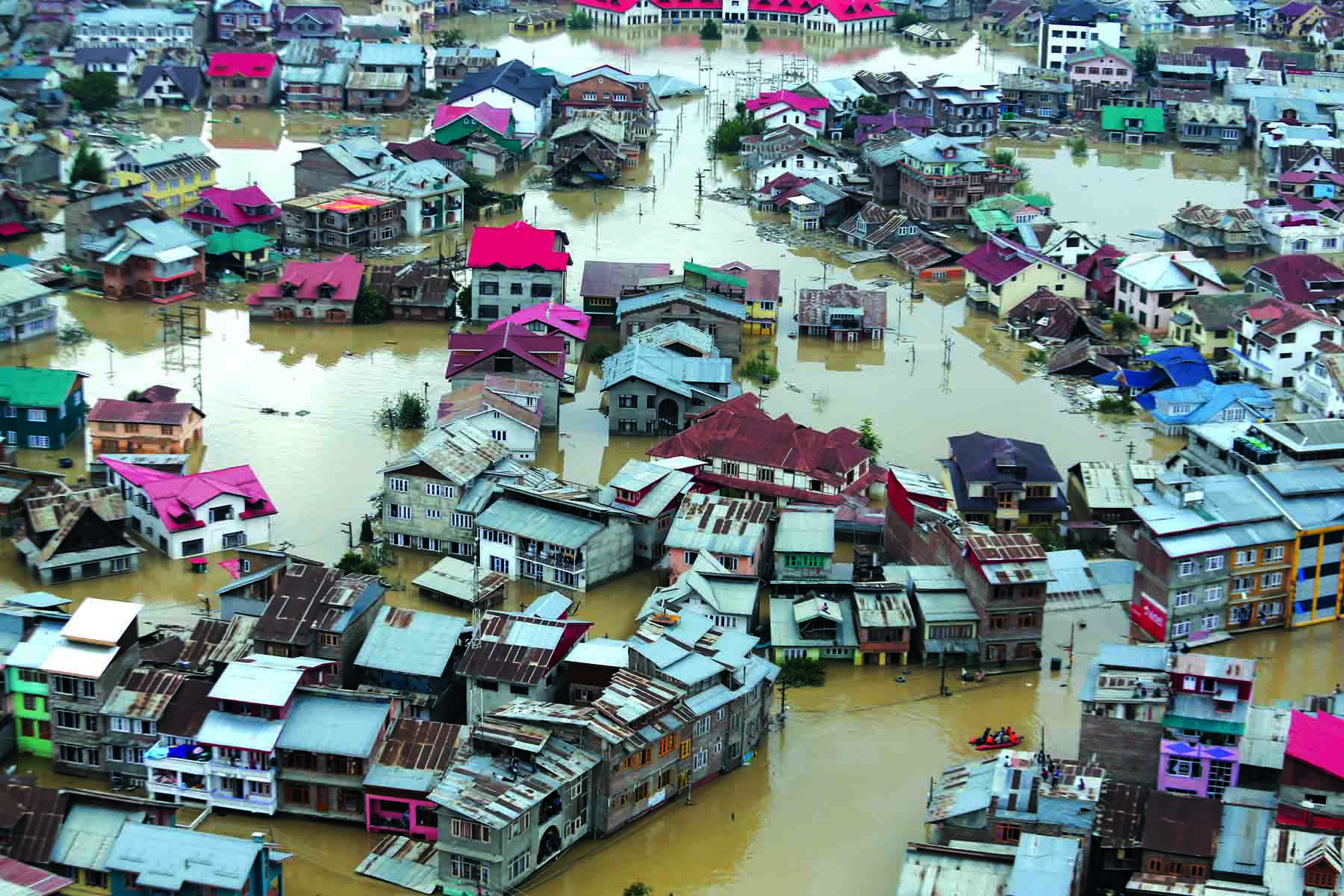[ad_1]
We must retrofit and audit the existing infrastructure to ensure that they are able to withstand seismic forces, and we must change our construction practices to suit the seismicity of our zone, writes Uzma Khan

As someone who understands the amount of destruction an earthquake can cause in an area where building codes are not followed, it is my responsibility to draw attention to the urgent need for earthquake-resistant construction across Jammu and Kashmir.
We were recently hit by a 6.5 magnitude earthquake on March 21, 2023, just two months after we heard about the devastating earthquake in Turkey. The earthquake hit 40 km SSE of Jurm, Afghanistan, at a depth of 187 kilometres. The Turkey earthquake has shown us the devastating consequences of not being prepared, and we cannot afford to be complacent any longer.
We live in a high seismic zone, with a fault plate running through our region, making us particularly vulnerable to earthquakes. Yet, we continue to build homes and public buildings that are ill-prepared to withstand the forces of nature. Our current construction practices, such as using masonry walls, flat slabs, and inadequate reinforcement, using improper materials, are not enough to withstand an earthquake.
It is concerning to see how we have become accustomed to spending our life savings on building houses that are not even earthquake-resistant. We focus on false ceilings and architectural designs while forgetting the most basic element: strength. Houses in Kashmir don’t have enough reinforcement and ductility for dealing with seismic forces.

To address this issue, we must prioritize the creation of resilient public buildings that can be used for community gatherings and events, so that we do not have to rely solely on our homes for weddings and funerals. Rather than focusing on the sizes of our halls and houses, we must prioritize making the structure stronger and more earthquake-resistant. Critical infrastructure, including hospitals, schools, and government buildings, must also be made more resilient to withstand seismic forces.
Despite the clear evidence from the Turkey earthquake that hospitals built using base isolation techniques can withstand seismic forces and play a crucial role in saving lives, the situation in Kashmir is concerning. With just a magnitude 6 earthquake, there were already reports of hospitals in Srinagar developing cracks due to the shocks. This raises serious questions about the strength and resilience of our healthcare infrastructure in the face of a potentially catastrophic event, such as the Great Himalayan earthquake predicted by geologists. If our hospitals cannot withstand the forces of nature, how can we rely on them to provide life-saving aid when it is needed most? It is imperative that we prioritize the seismic resilience of critical infrastructure, including hospitals, to ensure that we are prepared for any seismic event. Failure to do so would be a grave disservice to our communities and put countless lives at risk.

We must retrofit and audit the existing infrastructure to ensure that they are able to withstand seismic forces, and we must change our construction practices to suit the seismicity of our zone.
Just like the story of the three little pigs and the big bad wolf, a house made of straw and twigs will not suffice if we have an earthquake in our midst. We need to prioritize strength and resilience in our homes and public buildings.
In addition to improving our construction practices, it’s important that we also prepare ourselves and our families for the possibility of earthquakes. Creating a family emergency plan can be an important step in preparing for natural disasters like earthquakes. One way to start is by making sure that everyone in your household is aware of the layout of your home and can identify any potential weak spots. This could include things like heavy objects that could fall during an earthquake or areas of the house that may be structurally unsound.
It’s also a good idea to identify a safe gathering spot for everyone in your household in case of an earthquake. This spot should be away from any potential hazards, like windows or tall furniture, and ideally in an open area like a park or field.

Another important part of a family emergency plan is knowing how to turn off utilities like gas, electricity, and water. This can help prevent further damage to your home in the event of an earthquake.
The recent earthquake not only revealed the vulnerability of our buildings but also the lack of awareness among people regarding earthquake safety measures. People were seen taking shelter under walls, standing near electric poles, and running inside their homes during the tremors. This demonstrates a clear need for educating the public about the dos and don’ts during an earthquake. We must know where to stand and what to avoid in such situations. It is crucial to wait outside in case of aftershocks to avoid further danger. It’s time we prioritize earthquake preparedness and equip ourselves with the knowledge to protect ourselves and our loved ones.

It’s important to remember that during an earthquake, panic can lead people to make dangerous decisions, so being prepared beforehand can help avoid that.
By taking these steps, we can ensure that we are better prepared for seismic events and protect ourselves and our loved ones.
Right now the real major challenge is to take this matter seriously and work towards creating a safer, more resilient Kashmir. Together, society can ensure that it is better prepared for seismic events and protect itself. Remember, earthquakes don’t kill, buildings do. Let us prioritize strength and resilience in our homes and public buildings and critical infrastructure.
Creating a safer, more resilient Kashmir requires action from all of us.
(The author holds a master’s degree in geotechnical engineering. Opinions are personal.)
[ad_2]
#Earthquakes #Kashmir
( With inputs from : kashmirlife.net )

Leave a Reply